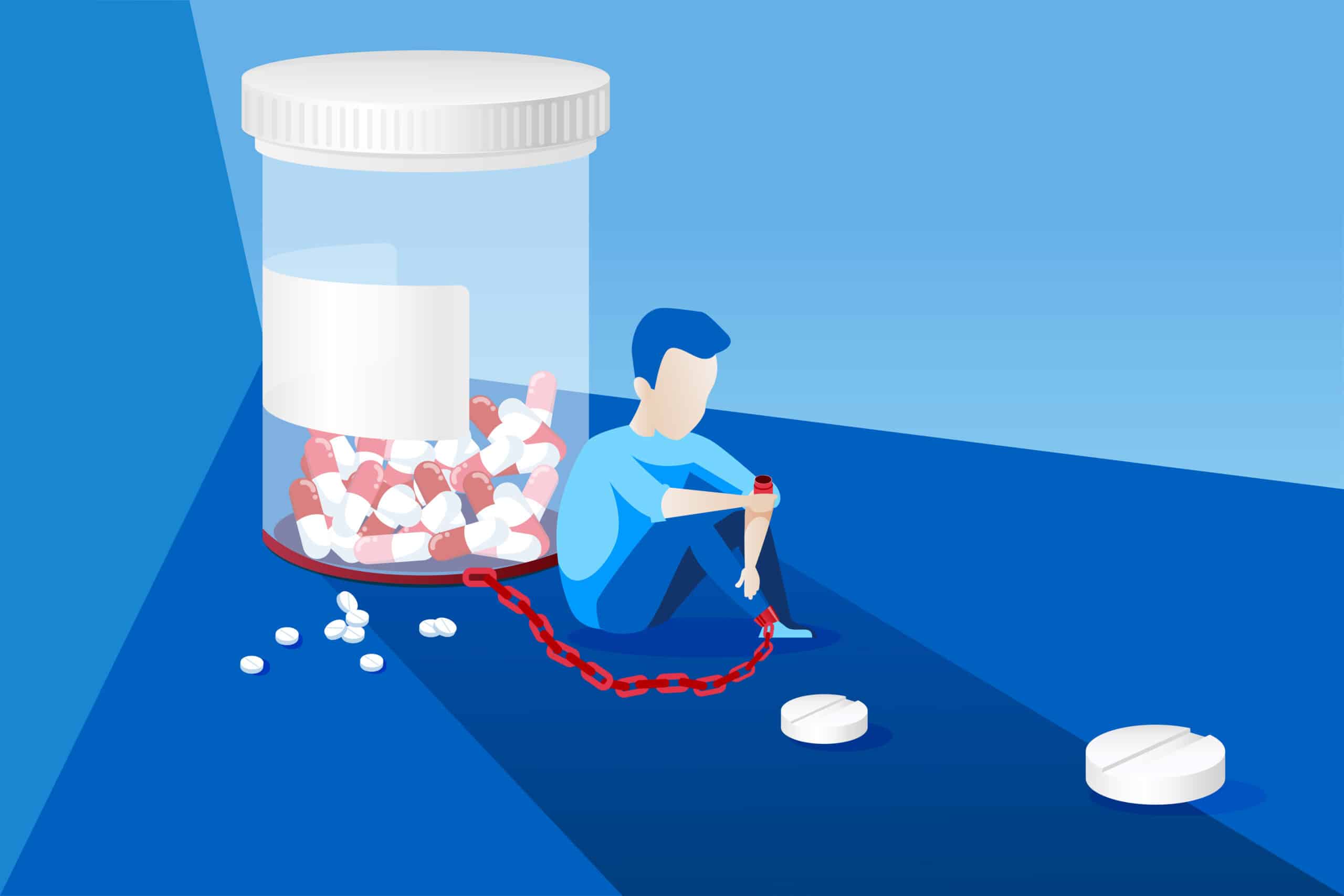Unfortunately, this has proved not to be true. Despite this, new opioids continue to hit the market, including the latest one called Olinvyk (oliceridine). Here’s what this new opioid teaches us about the warnings and adjustments made in drug addictions risks today.
Learning from Past Mistakes
Fast forward from the 1990s to the present, and we have a history of opioid use and abuse that is now known infamously as the opioid epidemic. Without question, the opioid that led the pack in abuses, court hearings, updated warning labels, and settlements is the notorious drug widely known as oxycodone. Its brand name is OxyContin. The U.S. Food and Drug Administration (FDA) has a fascinating timeline that chronicles the events in opioid abuse from the 1990s up until 2021, with OxyContin dominating the headlines. OxyContin saw record sales because of its widespread use in pain management prescribed to patients in the hospital and at home.
But it didn’t take long to discover just how addictive this opioid was, and this eventually led to the FDA’s black box label being applied to the drug. The label is designed to let users know that the drug has a high potential for abuse and addiction, even when used as prescribed. Though these past few decades have been constant turmoil for families affected by this drug, recent events show there might be some closure on the horizon. Just this month, a multibillion-dollar court settlement between several states and Purdue Pharma (the manufacturer of OxyContin) seeks to correct the aftermath of its major role in the opioid epidemic. Among other programs, this money is reported to go toward addiction treatment for opioid abuse.
Needless to say, this decades-long court battle serves as a lesson on how the relationship between pharmaceutical companies, the medical community, the government, and public opinion has progressed (or regressed) over the years. At this point, it is in the interest of all parties to avoid repeating past mistakes.
What Makes Olinvyk Different?
So, how have things changed exactly? Opioids haven’t gone away, and that’s not just because we’re counting the ongoing threat of illicit opioids such as heroin. Instead, synthetic opioids continue to be manufactured, including the most recent addition that received FDA approval in 2020, Olinvyk. What makes this opioid different from the rest? First, it’s clear the FDA is aware of public opinion when it comes to recognizing the ongoing danger of opioids. In fact, it felt the need to issue a statement to assure the public that the danger of opioids is still of great concern to the administration: “Addressing the opioid crisis remains a top priority for the FDA. We will continue to do everything we can to reduce the number of Americans who are addicted to opioids and cut the rate of new addiction through a number of cross-agency initiatives.”
One of the ways the FDA hopes to avoid a repeat of the OxyContin problem is by limiting the scope of approved use. Unlike previous opioid medications, Olinvyk is only approved for inpatient and outpatient procedures. This ensures a controlled environment where medical professionals can administer the dosage rather than at home use with a refillable pill bottle.
Even though Olinvyk is very limited in how it can be used, it still comes with the same black box warning seen for other opioids. In fact, all the most potent opioids available today come with this same warning, indicating a high potential for abuse. This warning is elevated from dangerous to deadly, especially when opioids are mixed with benzodiazepines. When this happens, there is a high risk of heart and/or respiratory failure.
Risks and Recovery
While weighing the risks and taking medication exactly as described is the safest way to use opioids, this doesn’t mean they are harmless. To be sure, there is a legitimate place for using opioids, but as long as these drugs continue to be made and used, there will always be the risk of addiction. However, it’s encouraging to know efforts are being made to teach the public about the risks and benefits of the powerful drugs available today.
Efforts to limit prescription refills, restrict use for medical facilities only, and provide warning labels can stop things from getting as out of control as things were at the dawn of the opioid epidemic. But this is just part of the battle. The rest of the battle must focus on helping those already addicted to opioids get the help and recovery they need for the highest quality of life possible.




